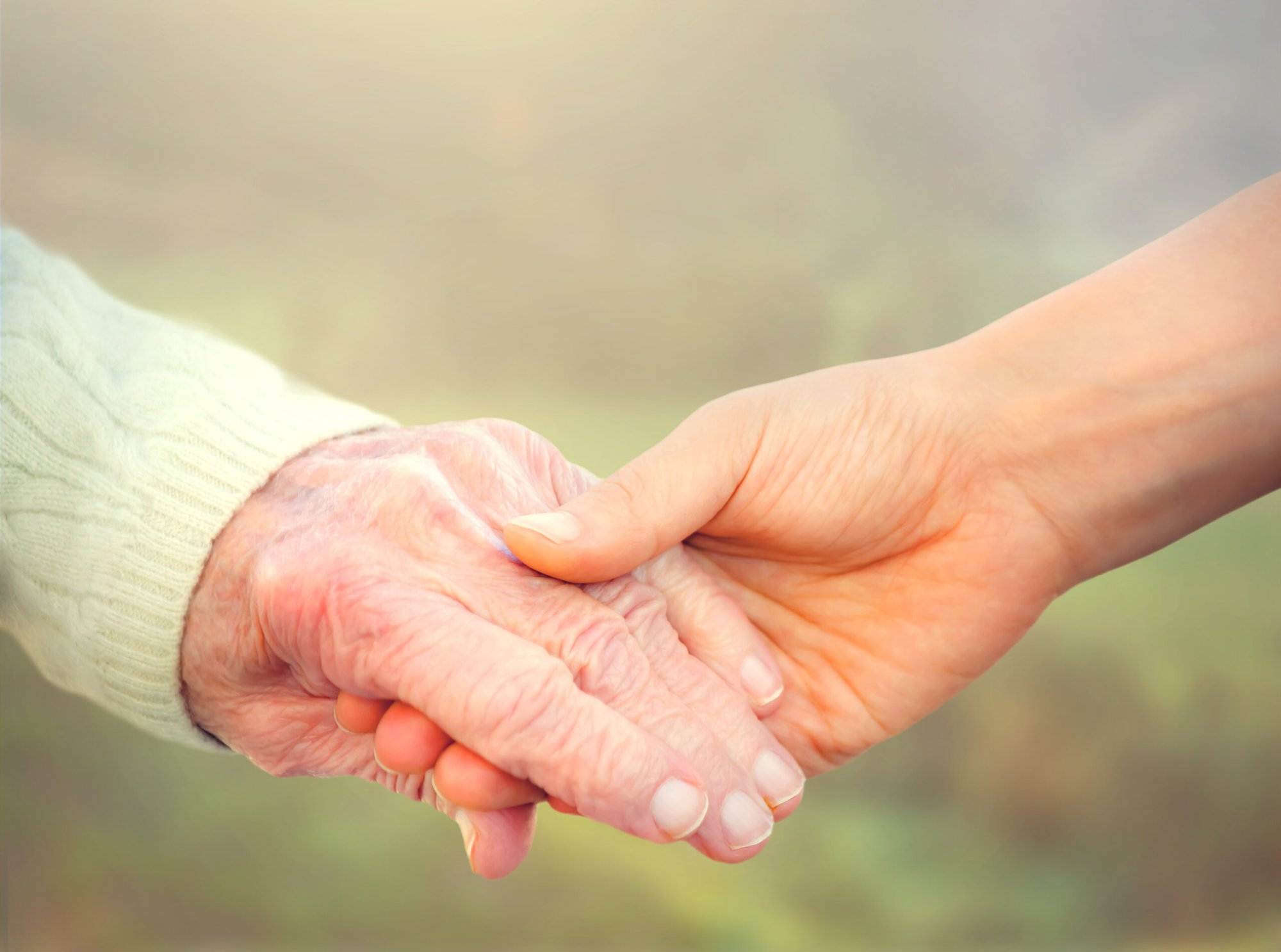Introduction to Cleaning for People with Disabilities
Cleaning is an essential part of maintaining a healthy living space, but it can be challenging for people with disabilities. Many cleaning products and tools are not designed with accessibility in mind, which can make it difficult for individuals with mobility issues or other physical limitations to keep their homes clean. However, by following some simple tips and making adaptations where necessary, you can create an accessible and inclusive cleaning routine that works for your needs.
Tips for an Accessible and Inclusive Cleaning Routine
1. Start small – Don’t try to tackle the entire house at once. Break down tasks into smaller, more manageable chores that you can accomplish each day.
2. Use adaptive equipment – There are many tools available that have been specifically designed for people with disabilities. For example, reachers allow you to grab items without having to bend over, while grippers help you pick up objects that are hard to grasp.
3. Make use of technology – Technology has come a long way in recent years, and there are now many apps and devices that can assist with cleaning. For instance, robotic vacuums can automatically navigate around obstacles and clean floors without any input from you.
4. Ask for assistance – If you need help with certain tasks, don’t hesitate to ask someone else to lend a hand. This could be a family member, friend, or professional caregiver.

Adapting Your Cleaning Supplies and Tools
One of the most important aspects of cleaning for people with disabilities is ensuring that your supplies and tools are adapted to meet your specific needs. Here are some tips on how to do this:
1. Choose the right cleaning products – Look for cleaning products that are non-toxic and unscented. Avoid harsh chemicals that may irritate sensitive skin or respiratory systems.
2. Find ergonomic tools – Ergonomic tools are designed to reduce strain on joints and muscles. Look for brushes, mops, and other cleaning implements that are lightweight and easy to maneuver.
3. Customize handles – If you have difficulty gripping standard tool handles, consider adding foam grip covers or velcro strips to make them easier to hold onto.
Creating a Customized Cleaning Schedule
Another key aspect of cleaning for people with disabilities is creating a customized schedule that takes into account your individual abilities and limitations. Here are some steps to follow when creating your schedule:
1. Prioritize tasks – Decide which tasks are most important to complete each week, such as dusting and vacuuming high traffic areas.
2. Set realistic goals – Be honest about what you can accomplish within a given timeframe. Don’t set yourself up for failure by trying to do too much at once.
3. Create a timeline – Divide your cleaning tasks into daily, weekly, and monthly categories. This will help ensure that everything gets done regularly.
Overcoming Common Barriers to Cleaning With a Disability
There are several common barriers that people with disabilities may face when it comes to cleaning. These include:
1. Limited mobility – If you have trouble moving around, cleaning can be challenging. Consider using a wheelchair or walker to get around, or invest in adaptive equipment like grabbers and reachers.
2. Pain or fatigue – Certain medical conditions can make it painful or exhausting to perform household chores. Take breaks as needed and pace yourself throughout the day.
3. Lack of resources – Not everyone has access to the same resources or financial means to purchase specialty cleaning equipment. Reach out to local organizations or charities to see if they offer assistance programs.
Conclusion: Maintaining Confidence in Your Cleaning Abilities
Cleaning up with confidence requires patience, practice, and perseverance. By following these tips and making adjustments as needed, you can create an accessible and inclusive cleaning routine that works for your unique needs. Remember to take things slow and steady, and celebrate your successes along the way. Keeping your home clean and organized can be empowering and give you a sense of pride in your ability to maintain a comfortable and safe living space.

